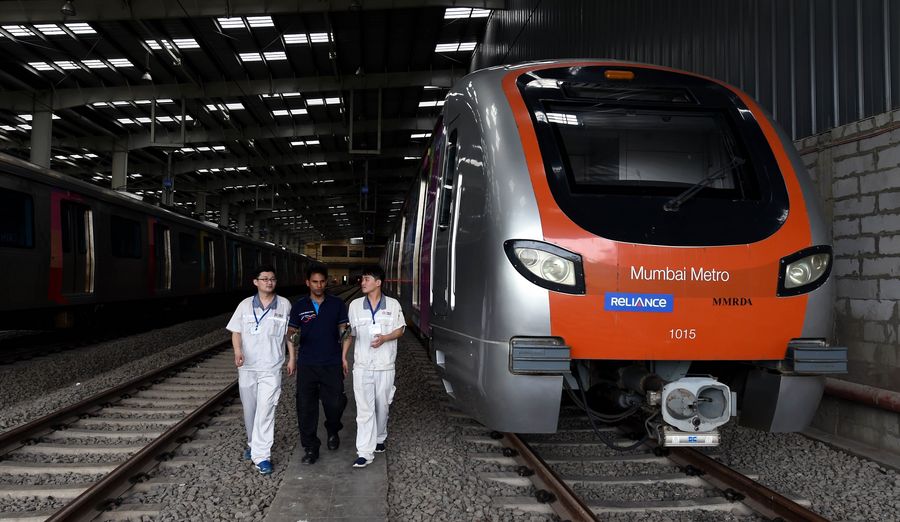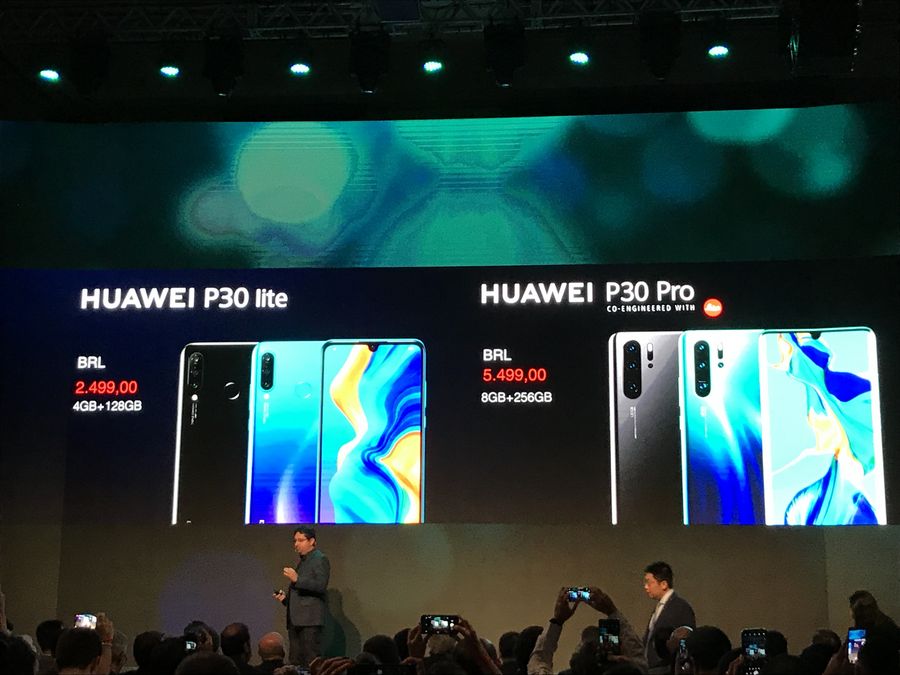
The scenery of Brasilia, Brazil, Nov. 10, 2019. The 11th BRICS summit will be held in Brasilia on Nov. 13-14. (Xinhua/Xin Yuewei)
The bloc's five member states -- Brazil, Russia, India, China and South Africa -- are strengthening technology transfer and transformation, tapping into enormous dividends derived from in-group technological edge and complementarity.
BEIJING, Nov. 13 (Xinhua) -- Deepening cooperation on technological innovation within the BRICS group is bringing new vitality to one of the world's most important blocs of emerging economies, a BRICS expert said.
The bloc's five member states -- Brazil, Russia, India, China and South Africa -- are strengthening technology transfer and transformation, tapping into enormous dividends derived from in-group technological edge and complementarity.
The 11th BRICS summit will be held in Brasilia, the capital of Brazil, from Wednesday to Thursday under the theme of "Economic Growth for an Innovative Future." One of the priorities of the summit is strengthening cooperation in science, technology and innovation.
"I expect the summit to unveil significant measures that will point the direction for tech cooperation for many years to come," said Xu Xiujun, executive director of the BRICS study base under the Chinese Academy of Social Sciences.

Chinese and Indian staff work at a metro car depot of Metro Line 1, in Mumbai, India, June 27, 2018. Mumbai Metro Line 1 became operational on June 8, 2014, with its trains produced by China's CRRC Nanjing Puzhen Co., Ltd. (Xinhua/Zhang Naijie)
Noting that BRICS countries have over 40 percent of the world's population and vast markets, Xu said the application of advanced technologies among the five members could bring immeasurable benefits.
Although the BRICS countries trail developed countries in their overall science and technology strength, they have established technological advantages in certain industries and shown strong complementarity.
China is in pole position in sectors such as high-speed trains and telecommunications equipment, while Russia has advantageous aerospace and nuclear power industries. India is a powerhouse of software development and biopharmaceutical industry, Brazil is a high-flyer in civil aviation and deep-sea oil development industry, and South Africa boasts the lead in the coal chemical industry.
"If BRICS countries can cooperate and give full play to their complementary advantages in science and technology, they can not only make their cutting-edge sectors stronger but also narrow the gap in weak links," Xu said.
China and Brazil, for example, have promoted practical cooperation in joint laboratories, science and technology parks and the exchange of young scientists, while cooperation on nanotechnology, space technology, clean energy and agriculture technology is making further progress.

File photo shows the world' s largest cargo plane Antonov An-225 Mriya stands on the tarmac of Guarulhos International Airport, in the outskirts of Sao Paulo, Brazil. (Xinhua/Rahel Patrasso)
Forging greater synergy on tech innovation also means sustainability. Xu said the five countries need to build on continued innovation in technologies to prime the pump for future growth amid a sluggish world economy and the waning effects of reliance on developed countries' technologies.
"There's a lot of room for cooperation on technologies that underpin the fourth industrial revolution," Xu said.
One example is the new branch of the BRICS Institute of Future Networks in south China's tech hub of Shenzhen. Exciting frontiers of information and communication technology are high on the branch's agenda: next-generation mobile communications, industrial internet, artificial intelligence, and the internet of vehicles.
According to a 2017 report on the innovation competitiveness of BRICS, the bloc accounted for 17 percent of global research and development spending, 28 percent of the world's high-tech product exports, and 27 percent of science and technology journal papers.

An event to launch new Huawei products in Sao Paulo, Brazil, April 30, 2019. Huawei launched its new P30 pro and P30 lite, two types of new Huawei products, at an event in Sao Paulo, Brazil. (Xinhua/Zhao Yan)
"The increasing interaction between our researchers, academies and laboratories among the five countries can bring an important new perspective and contribution to global scientific production," according to the Campinas Declaration, a joint statement of the 7th BRICS Science, Technology and Innovation Ministerial Meeting.
"We will continue developing joint concrete actions in research, technological development, innovation and entrepreneurship, in order to produce more knowledge, to transform this knowledge into products and wealth and to improve the quality of life of our populations," the declaration said. ■



